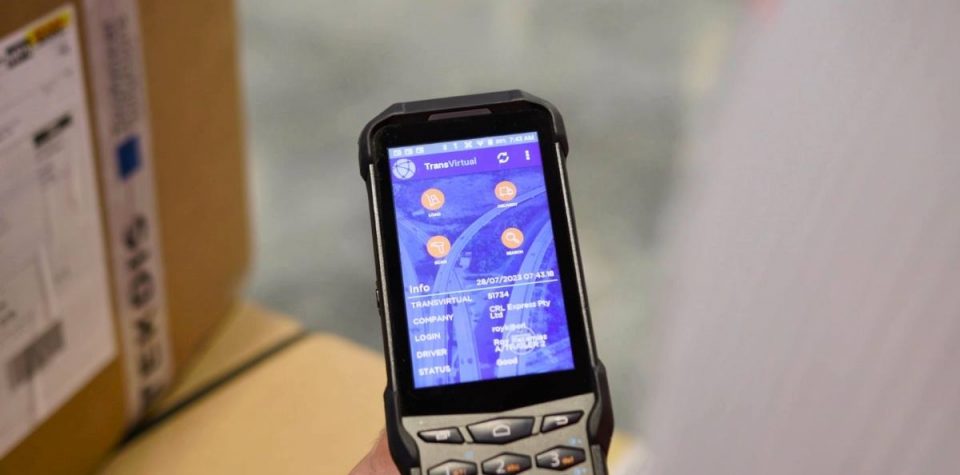Last Mile Delivery refers to the final leg of an item’s shipping journey: the ‘final mile’ of delivery distance that lies between a transport hub and its final destination – usually a business or residence.
Unfortunately, Last Mile Delivery is the most inefficient and expensive leg of the journey, estimated to make up 53% of the total cost. Emerging technologies are transforming last mile delivery to lower cost and increase efficiency. It’s also the part that causes customers the most dissatisfaction. This is because the last mile journey is unpredictable: with items aboard a truck often going to a number of different locations and the added variable of urban traffic delays – businesses are shelling out the big bucks but customers are still left in the dark about when to expect their items.
In this post, we’re taking you through a few of the emerging technologies that are transforming last mile delivery system, and increase transparency and efficiency throughout the shipping process.
Technologies & Software Transforming Last Mile Delivery
1. New tracking technologies
One of the largest reasons for customer dissatisfaction with last mile delivery is the lack of transparency and traceability for their goods. Customers are notified when their package leaves its hub and goes on the road, but the undisclosed length of the driver’s journey and route make this notification an unreliable indicator of when the item will be delivered.
New tracking technologies transforming last mile delivery have the potential to solve the crisis of inappropriately large delivery windows, and therefore of customers feeling frustrated and ‘out of the loop’ in the last mile. Currently, the most common practice is to let a customer know that a delivery is on the way and provide a rough time frame for its arrival. However, the emerging GPS and RFID tracking technologies, or even the practice of embedding IoT sensors within themselves may allow customers to trace their package along its journey in real time, adding unprecedented transparency to the delivery process.
2. Hybrid fleet management systems
Much of the cost and inefficiency associated with last mile delivery comes from its on-demand nature – on busy days there may be large delays due to a shortage of trucks and drivers, yet there may also be times in which drivers are on the clock and trucks are running without deliveries to make.
Some businesses have dealt with this effectively by adopting a hybrid fleet model which combines a business’ own fleet with third party members such as independent contractors, freelancers, or other trucking companies. This extra reinforcement allows a business increased flexibility: keeping its core fleet rather small, whilst also having the manpower available to meet demand in surge times.
The real challenge of this type of model is the coordination of all the moving parts required, which is tackled by emerging Hybrid
3. Delivery robots
It sounds very sci-fi, we know, but in a few years we may actually be a possibility. The prospect of using robotics as a solution to the last mile delivery problem became more attractive following the onset of the Covid-19 pandemic, wherein the public’s use of online shopping options and eCommerce exploded alongside increasing concern about the safety of delivery drivers visiting and interacting with dozens of households daily. Robots would be an ideal solution to this problem: saving on labour costs in the long run, bypassing potential health risks, and potentially being able to be cheaply mass produced – allowing for shorter delivery times and higher customer satisfaction.
Tech companies are becoming highly invested in this solution. As of right now, there are already several trials underway of robotic last mile delivery systems by Amazon, Google, and UPS, and it is predicted that self directed vehicles may make up over 80% of last mile deliveries in the next 5 years.
However, there are still several kinks to be ironed out before autonomous vehicles become the norm. Firstly, the process of last mile delivery requires thousands of individual, autonomous decisions made with the driver’s judgement – many of which are very challenging to translate to an automated system. For example, the choice of where to leave a package if a home is unattended.
Legislation on the use of automated robotic delivery systems also has a long way to go before we see robots roaming the streets, and is likely to face resistance from both transport workers unions and the general public – which could potentially result in years or decades of delay. Another potential risk that accompanies this technology is the security of its operations and sensitive information – which could endanger consumers.
Final thoughts
It’ll likely be a few years before we’re all using robots as our first port of call but, nevertheless, these emerging technologies are deeply exciting for those in the transport industry. Last mile delivery is an area in which innovation is desperately needed – as it is the area in which there is the most time and money to be saved through more efficient processes.
We’re excited to see what the future holds. In the meantime, transport management systems (like ours!) remain at the cutting edge of the transportation industry. Book a free demo today and prepare to crush the last mile challenge.



